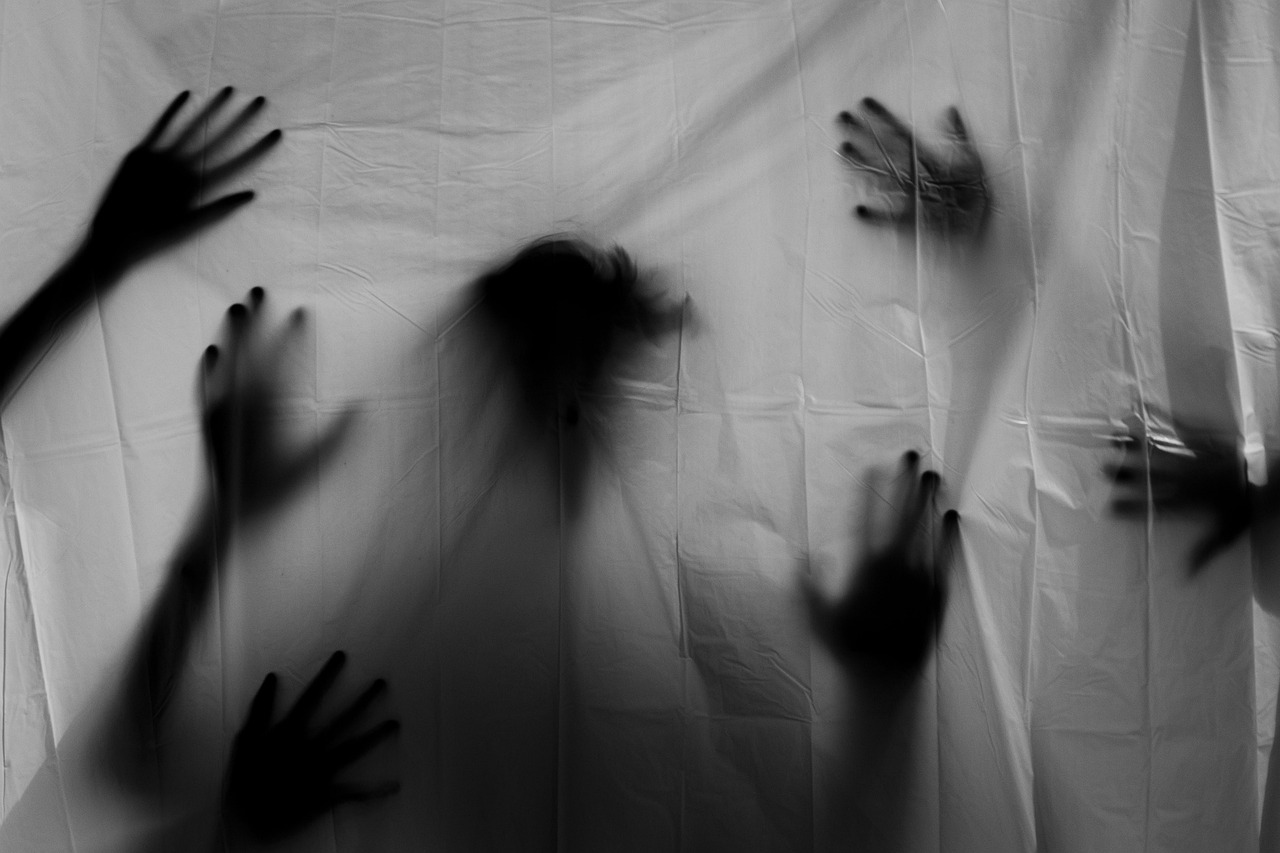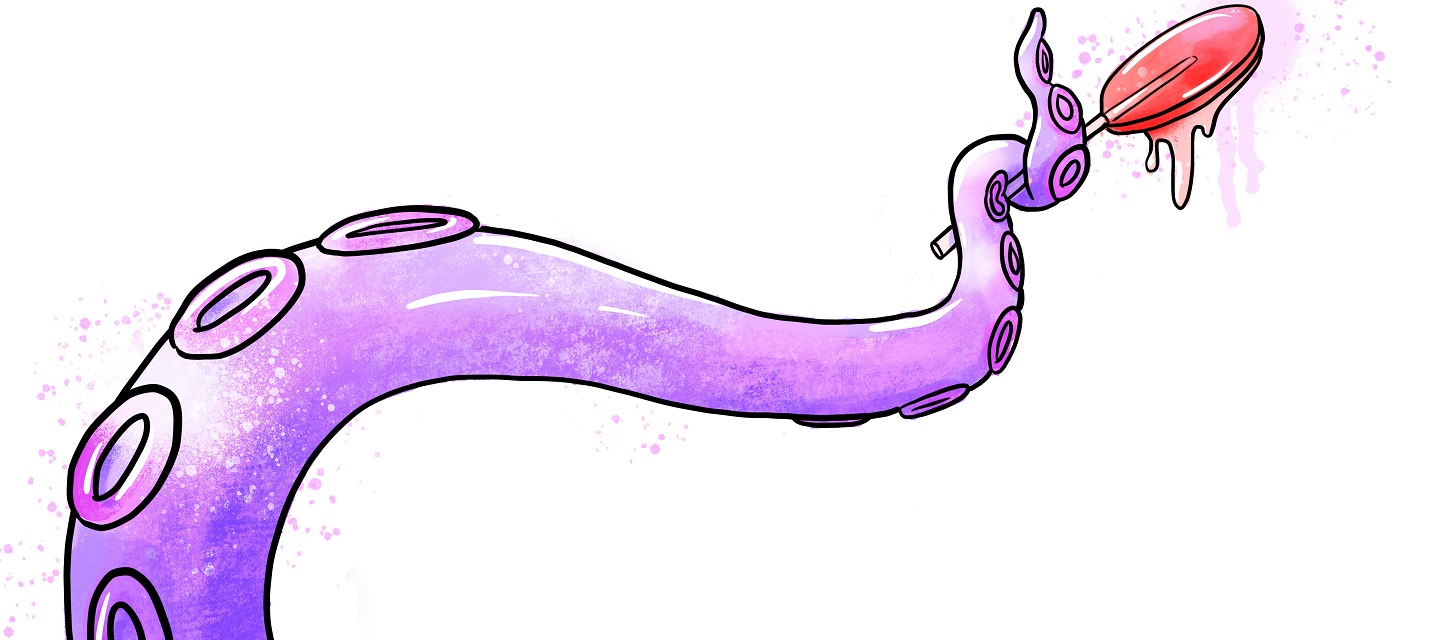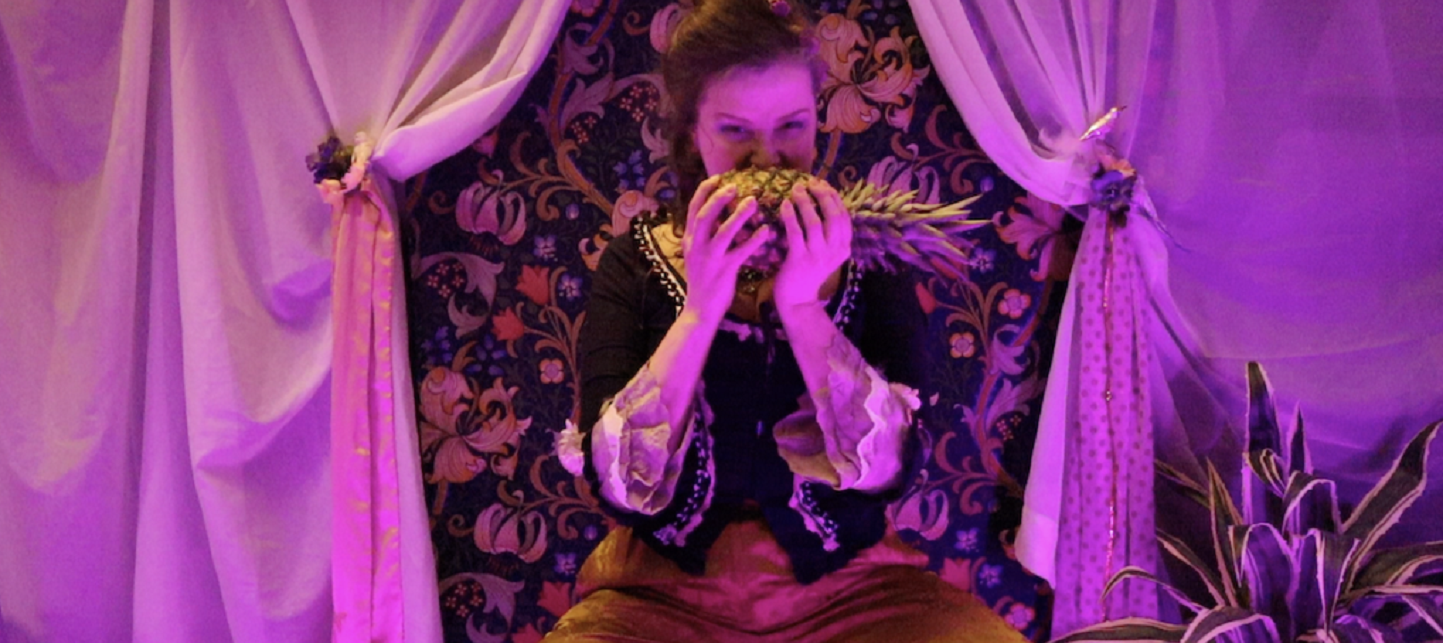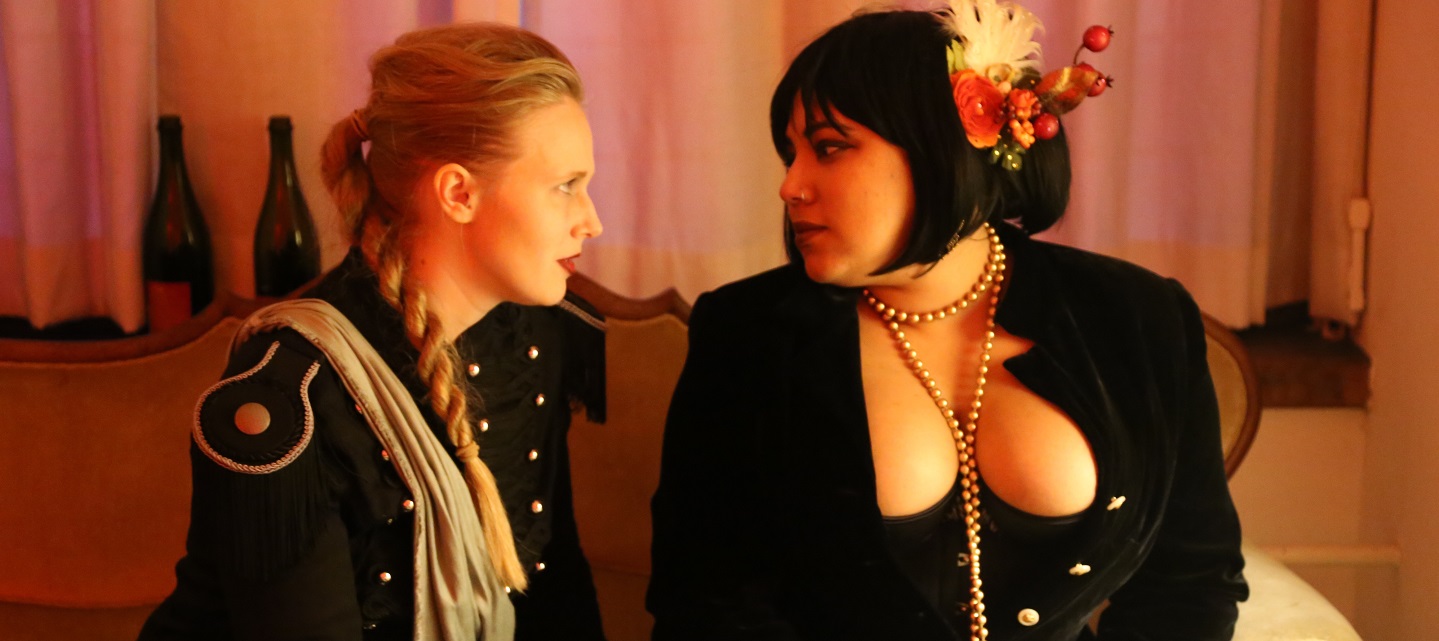Tag: erotic larp
-

Searching for Meaning in House of Craving
in
In the larp House of Craving, there is untapped potential for more multi-faceted work, more comprehensive immersion that would not sacrifice meaning on the altar of sensation.
-

A Trip Beyond the House of Craving
Larp is sometimes thought of as a consensual hallucination, and this one was more hallucinogenic than most.
-

Wielding the Magic of Anticipation
in
Maximizing the emotional impact of anticipation for better larp play.


